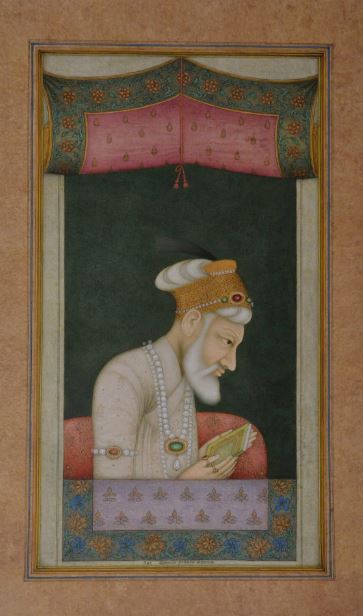MUGHAL MINIATURE ART
Mughal painting was rich in variety and included descriptions, events and scenes from square life, wild life and hunting scenes, and pictures of battles. Mugan painting developed and equipped during the reigns of Akbar , Jahangir and shah jahan.
Mughal miniatures and painters established a love for everything, human and animals, such as the deer, the peacock, the dove, the monkey, the trees, clouds and mountains. Mughal Paintings have a universal petition and are distinguished for their depiction of true Indian spirit State should also be made here of the ragamala paintings that contracted with musical feelings demonstrated with illustrations of specific human situations. Pahari painting is a mixture – a distinctive, creative complex of the pre-existing elements of the Gujarati style of manuscript diagram.
Mughal paintings were a precious style of Indian, Persian and Islamic styles. Because the Mughal kings wanted visual proofs of their achievements as hunters and conquerors, their miniature artist accompanied them on their army expeditions or missions of state, or recorded their prowess as animal slayers, or depicted them in the great dynastic ceremonies of marriages.
The art of miniature painting was introduced in India by Mughals (1526-1858). The Mughal rulers being great patrons of art, spread this painting style to other kingdoms and dynasties where it was adapted using the local flavors. Damodar’s miniature arts have been also influenced by Mughal paintings and miniatures.
